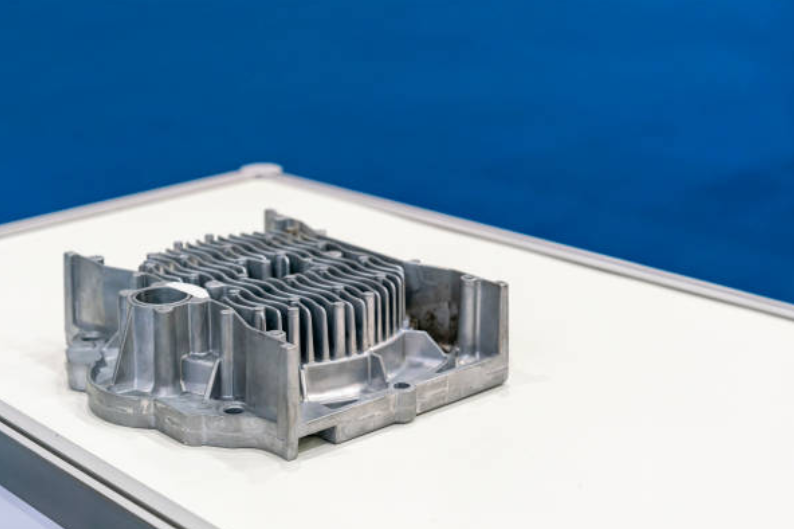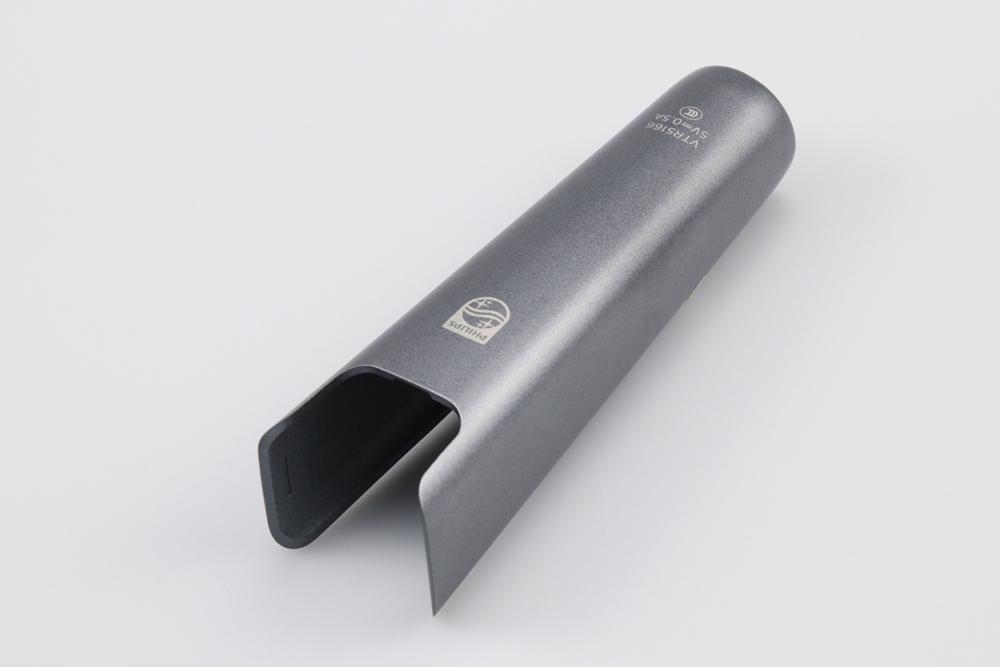What common challenges are associated with applying surface finishes to aluminum die casting?
Understanding the Surface Finishing Complexities
Applying surface finishes to aluminum die-cast parts is a critical yet intricate step that directly impacts corrosion resistance, aesthetics, and functionality. Due to the inherent properties of aluminum alloys such as A380 or ADC12 (383), achieving a flawless and durable finish requires precise control over preparation, coating, and post-treatment processes.
Porosity and Surface Contamination
One of the most prevalent challenges in die casting is internal porosity. Microscopic air pockets or trapped gases can release during anodizing or electroplating, leading to pitting, uneven coatings, or poor adhesion. Contaminants like die lubricants and oxides must be thoroughly removed through sandblasting or chemical cleaning before any finishing can be applied.
Coating Adhesion and Uniformity Issues
Achieving consistent coating thickness across complex geometries remains challenging, particularly for powder coating and painting. Sharp corners, deep cavities, and varying wall thicknesses can lead to uneven coverage or thin film areas that are prone to premature failure. Process control, optimized racking, and static charge balancing are crucial for maintaining finish uniformity.
Thermal Stress and Warping
Finishing methods involving heat — such as heat treatment or lacquer coating — may cause residual stress or minor deformation in thin-walled castings. Proper temperature management and controlled cooling cycles ensure dimensional accuracy while avoiding microcracks or surface peeling.
Compatibility Between Alloy and Finish Type
Not all aluminum alloys respond equally to certain finishes. High-silicon grades like ADC12 are less receptive to anodizing due to silicon interference, resulting in blotchy color or weak oxide layers. Selecting compatible alloys such as A356 or 360 aluminum is key to achieving uniform results.
Process Optimization and Quality Control
To overcome these challenges, manufacturers implement advanced pretreatments, vacuum die-casting techniques, and post-finishing inspections. Combining custom parts manufacturing expertise with controlled finishing methods ensures both visual consistency and long-term reliability across industries like automotive and aerospace.



